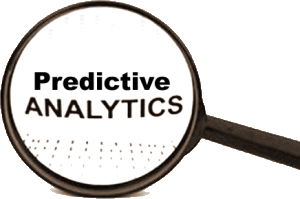
Three recent books offer managers expert perspectives on the increasing power and importance of analytics and predictive analytics.
U.S. President Barack Obama’s 2012 campaign owed much of its success to quantitative analysis and predictive analytics with staffers able to identify, for example, which people would likely be swayed to vote for him after receiving a flyer, phone call or home visit, thus tipping the balance in the fight for crucial swing states.
Wal-Mart has learned that before a hurricane strikes an area, not only does the demand for flashlights increase but also that for Pop-Tarts.
Even the world of sports has become enamored of quant power, as famously popularized in the best-selling book Moneyball.
But what exactly are these new quantitative techniques, and how can businesses best deploy them to their advantage?
Executives can find some answers to such questions in three recent books:
Big Data: A Revolution That Will Transform How We Live, Work, and Think (Houghton Mifflin Harcourt, 2013) by Viktor Mayer-Schönberger, a professor of Internet governance and regulation at Oxford University, and Kenneth Cukier, data editor of The Economist; Predictive Analytics:
The Power to Predict Who Will Click, Buy, Lie, or Die (John Wiley & Sons, 2013) by Eric Siegel, founder of Predictive Analytics World and a former assistant professor at Columbia University:
Keeping Up with the Quants: Your Guide to Understanding and Using Analytics (Harvard Business School Publishing, 2013) by Thomas H. Davenport, the President’s Distinguished Professor of Information Technology & Management at Babson College, and Jinho Kim, a professor of business and statistics at the Korea National Defense University.
The first two books primarily focus on the power of big data and quantitative analytics, and the third advises how companies can tap into that power. 

